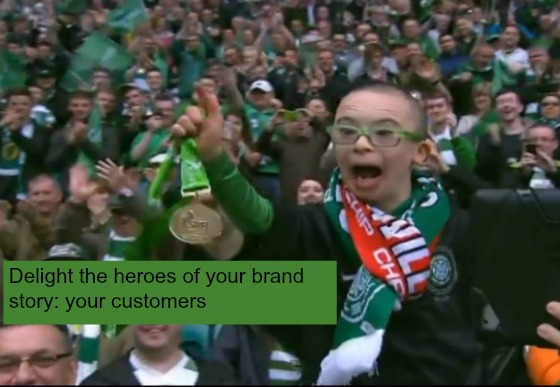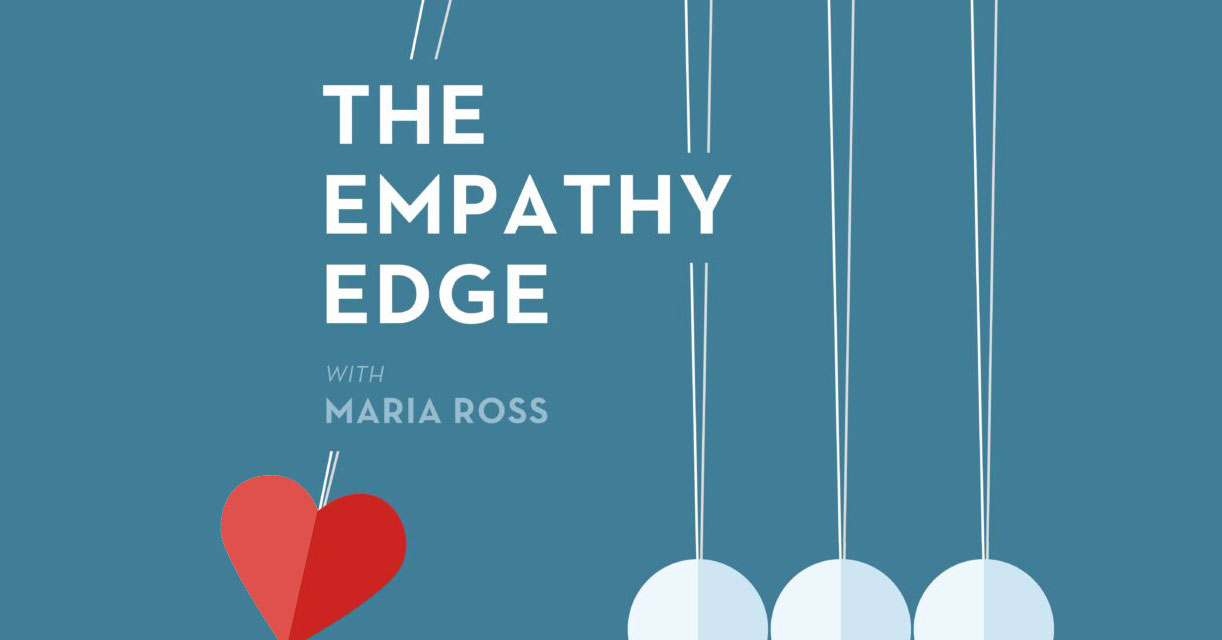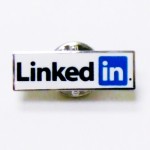Today’s guest post comes from Fel Spahr, a snappy, savvy, sales-focused copywriter who works with entrepreneurs and small businesses. She crossed my orbit a little over a year ago and I adore her. Today she shares how long-form sales letters are like great comedy acts – in your usual brash and brilliant style. Learn more about her at the end and enjoy.
Little known fact about Fel…
I LOVE comedy.
Not in that “Oh, yeah, comedians are funny way.”
But in that “I’ve memorized Louis C.K’s and Family Guy’s best bits and I’m going to recite them to you now” kinda way.
“But who CARES, Fel! What about that enticing headline you wrote, about what comedy has to do with long-form salesletters?”
Glad you asked! Let’s get into it.
First of all, if you should know anything about me, it’s this: I am on the long-form copy team. (Tweet!)
The second thing is, I get excited like a hyper Pomeranian when I find connections between things.
For example:
How similar the principles are between effective public speaking and sales copywriting…
How PR is directly related to how good you are at making friends…
And how juicing a sweet potato is equivalent to that time I told myself I was going to learn how to cook and I was going to do it right, damnit! The first thing I ever made was a batch of pumpkin banana muffins…which almost killed my friend.
But that’s a story for another day.
What I want to tell you I discovered is this:
As I’ve taught sales copywriting around the Bay area, I was always thinking of a different way to teach it to make it fun. Not everyone gets as turned on as sales as I do, so you gotta bring a little entertainment into it, you know?
My first revelation was that a great salesletter has a VERY similar structure to a great song. Back in the day when I was teaching myself how to play guitar, I would study songwriting structure and write my own songs.
6 years later: Lightbulb goes off! Now my students are having fun and they really get the idea of what a ‘hook’ is.
So my next revelation was THIS…
COMEDY ACTS ARE PRACTICALLY EQUIVALENT TO LONG-FORM SALESLETTERS (except the whole buying process is reversed) (Tweet this out!)
Here’s how I came to this conclusion and why it could be crucial to know for your business:
I was watching this video of my favorite comedians sitting in a room together shooting the shit. Louis C.K., Chris Rock, Jerry Seinfeld, and Ricky Gervais are talking about their careers in comedy.
And something Chris Rock said struck me…
He was talking about how newbies in the comedy game go for the quick laugh, and they wonder why their jokes aren’t ‘working’.
And Rock says that it’s because they haven’t set it up right.
There isn’t the right premise.
The joke doesn’t have longevity.
And the lightbulb went off for me.
BECAUSE THAT’S EXACTLY WHAT GREAT SALES WRITING IS ALL ABOUT.
Throw the structure out the window for a second.
The fact of the matter is that if you cannot explain to your client and help them understand what it is you’re offering…
SAY GOODBYE, FRIEND.
And it’s the newbies in the copywriting space that get it all wrong, too. They just think you can whip something up willy nilly and have it be like, a paragraph, and that it’s going to sell.
That’s why things ‘aren’t working’. And you know what? I used to be just like that, too. I simply didn’t know enough.
But now that I do, it’s my mission to present fun analogies that make all of this interesting to you.
So back to the comedic geniuses I was referring to…
They work on their acts…sometimes for 10+ YEARS.
They test every single part of their bits. They cut what doesn’t hit. They come up with new stuff, and test that, too.
Salesletters are the same.
It doesn’t mean that they have to be perfect, but you gotta work on your ‘bits’. You gotta test it out. You gotta make sure that the premise is set just right, so your salesletter can live on for years…
…Not just on launch day.
“So Fel, who gives a hoot about these long-form salesletters anyway?”
Well, if you’re an entrepreneur or a business that is selling anything…these concepts are probably of interest to you.
So I have something to tell you about today.
It’s this:
YOU DON’T HAVE TO BE AN ‘AWESOME’ WRITER.
All you need to have is 2 things:
1) A sincere and REAL desire to truly understand people on a very deep level
2) And know exactly what to say…and WHO to say it to…at exactly the right time
That simple. Though easier said than done.
“But Fel! I’ve read every copywriting book under the SUN. Don’t I get better at copywriting by writing out other salesletters by hand?”
No. Here’s why: Do you think Hemingway became a great writer because he copied OTHER great writer’s stories? No. He READ other people’s work, maybe copied a few techniques, and through a lot of practice, developed his own style. (It’s called strategic imitation)
It would be like me telling you: “Hey. You wanna be a screenwriter? Why don’t you go copy out by hand the script of The Shining, and then write me an Oscar-winning screenplay?”
There’s no logic. You need the set-up, the strategy, and the psychology much more than you need to copy someone else’s salesletter.
“But Fel! I actually don’t do any sales writing. But I’m curious. Thoughts?”
If you have a business, you should start. (But if you don’t do sales writing, do you have a business?)
If you don’t have a business, go outside and get a tan. Why not? Don’t write salesletters if you don’t have to.
Closing thought:
If you don’t want to write a salesletter today, at least watch a great hour of stand-up! Just as good as an education in there as there is in this post, or any copywriting book you’ll read.
2017 update: Unfortunately, Felicia is no longer doing sales copywriting but this advice is still golden! If you want to find out what she’s up to, you can visit her site right here.





